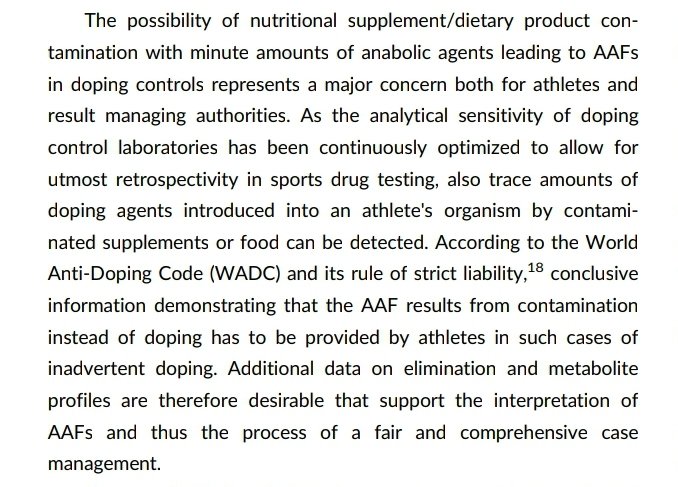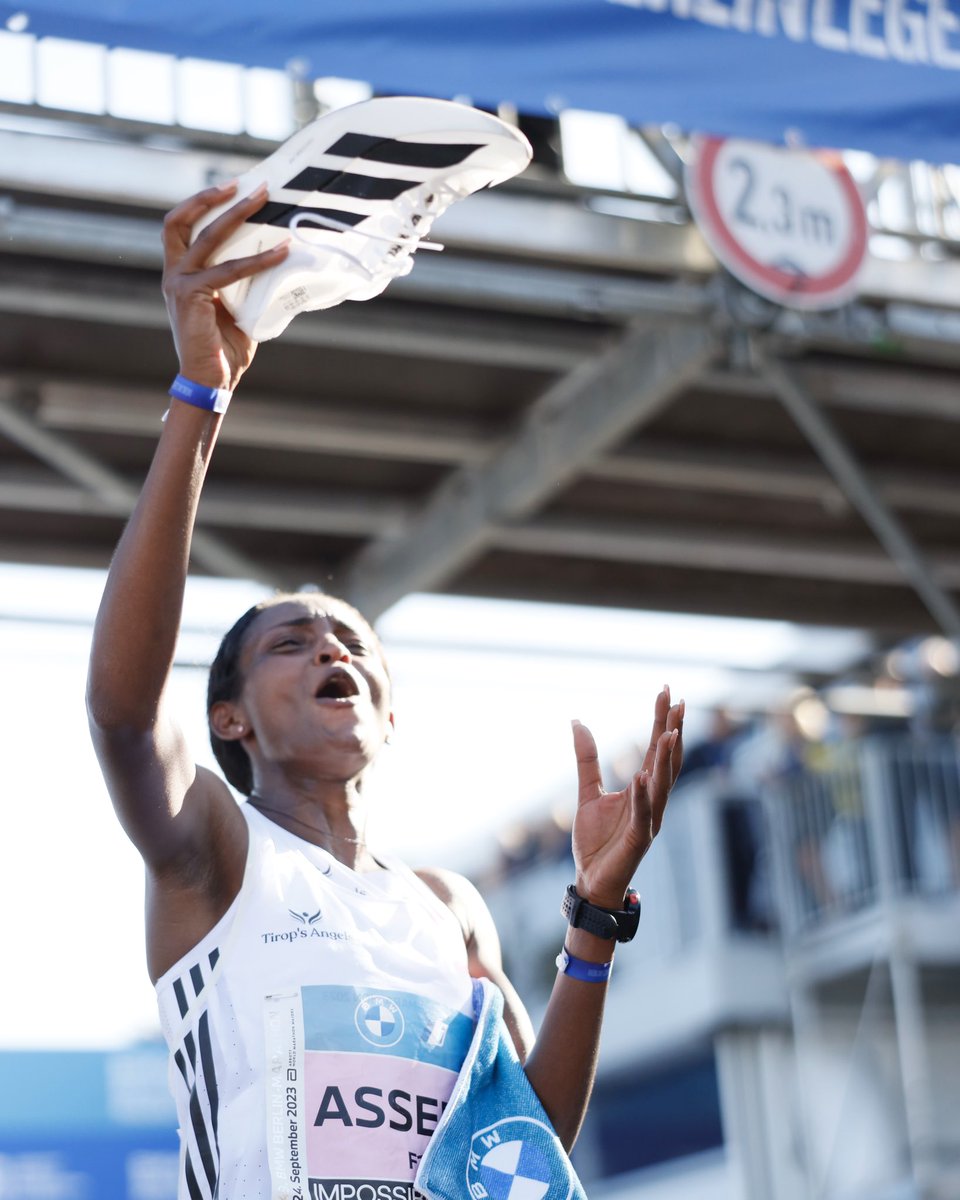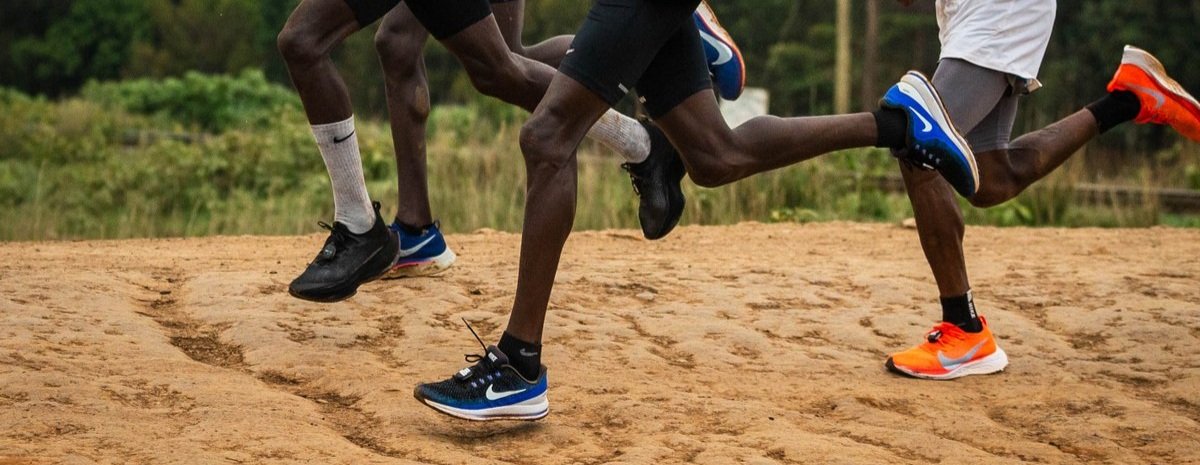One of anti-doping's biggest challenges is proving how a substance entered an athlete's body. Subsequently, the responsibility has been placed upon the athlete to prove how a substance has came into their body under WADA's Code of 'strict liability'.
Thread 1/
Thread 1/

With anti-doping labs analytical sensitivity improving, athletes testing positive due to contamination of supplements for trace amounts of PED's offers a real concern to both athletes and the anti-doping authorities.
2/
2/

Britain's CJ Ujah part of the Olympic 4x100m relay team who won the silver medal at the Tokyo Olympics has returned an AAF for the Selective Androgen Receptor Modulator's (SARM'S) Ostarine & S-23. He is likely to claim a contaminated supplement is the reason behind his AAF
3/

3/


SARM'S currently under medical clinical trials are not approved for human consumption. SARM's offer a potential performance advantage designed to have an anabolic (muscle building) effect whilst minimising the negative androganising effects of anabolic steroids/testosterone.
4/

4/


SARM'S are a drug which frequently turn up in supplements often not cited on the labels. A recent article by @JournoAndy stated over 200 supplements contain SARM'S, 98 containing Ostarine and 9 containing S-23.
5/
sportsintegrityinitiative.com/great-britains…
5/
sportsintegrityinitiative.com/great-britains…

Ostarine appears the most popular SARM of choice responsible for 148 AAF's between 2015 and 2018.
Clearly a popular PED of choice, but also prevent in supplements.
6/
DOI: 10.1002/dta.2933
Clearly a popular PED of choice, but also prevent in supplements.
6/
DOI: 10.1002/dta.2933

Smart athlete's may try to Micro-dose SARM'S to gain the performance benefits whilst minimising the chances of testing positive. A recent 2020 study shows:
'Elimination profiles of microdosed ostarine mimicking contaminated products ingestion'
7/
'Elimination profiles of microdosed ostarine mimicking contaminated products ingestion'
7/

Walpurgis et al (2020) study investigated the metabolism and elimination of ostarine metabolites from both a single dose along with multiple doeses of 1, 10 and 50ug of ostarine.
/8
/8

A single dose of Ostarine 50ug was detectable for a maximum of 11 days, 1ug was detected a maximum of 9 days after administration.
9/
9/

Low levels of a SARM'S metabolites are not necessarily evidence of ingestion via contamination, it could be due to Micro-dosing or the sample was taken after a significant period after a larger quantity was ingested.
11/End.
11/End.

Present* not prevent
• • •
Missing some Tweet in this thread? You can try to
force a refresh


















